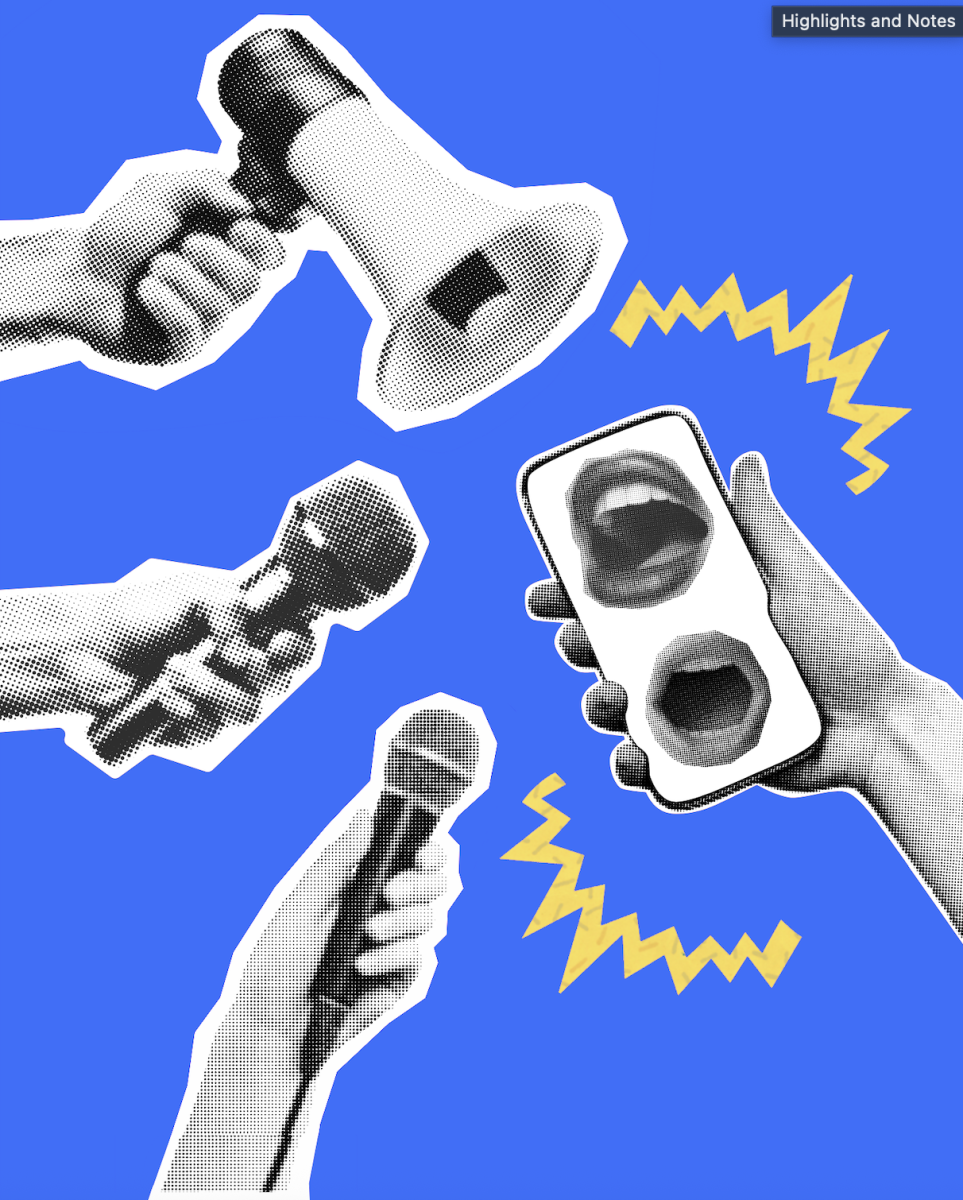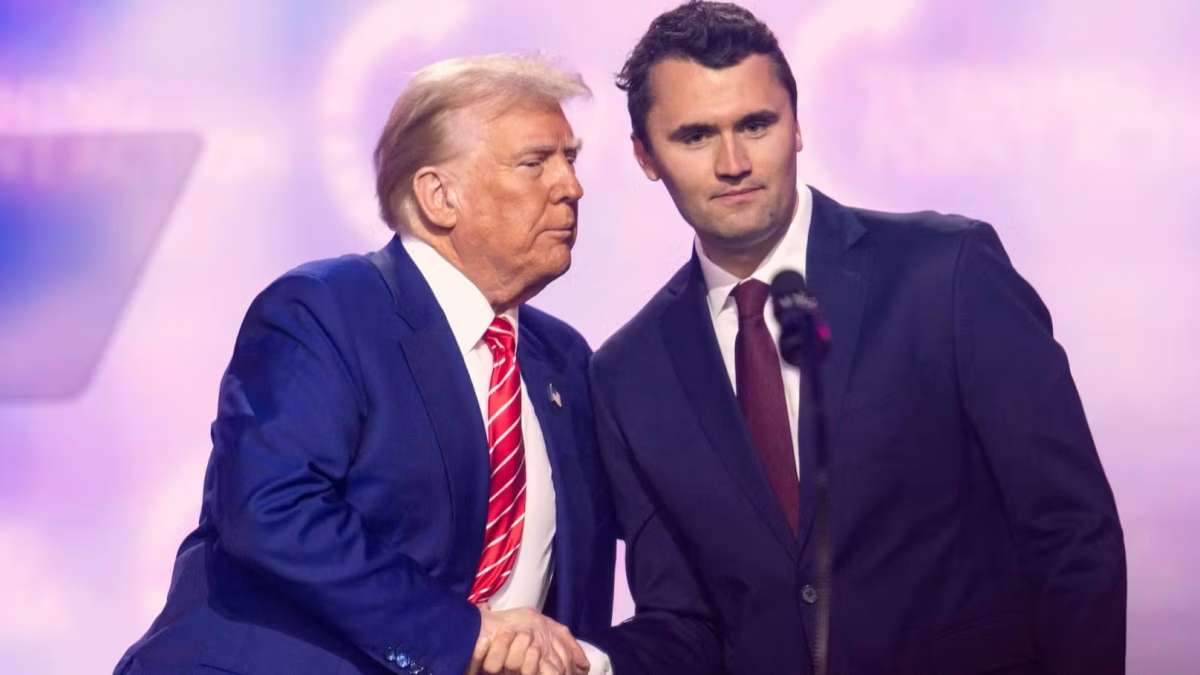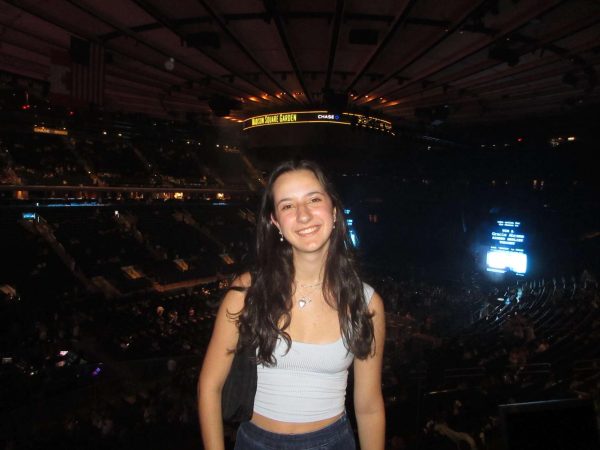When looking at a piece of art, it’s becoming more and more difficult to tell if it was made through hours of hard work by a human artist, or generated in seconds by AI. As artificial intelligence technology continues to advance, anyone with access to the internet can use these easily accessible tools to create an unlimited number of designs instantly. Popular AI website hotpot.ai advertises its design offerings by promoting that users can “use AI to bring imagination to life”. Some artists and designers use AI as a tool to aid in their work, but problems arise when threats to the art industry and creativity emerge.
AI has been able to outperform humans in some tasks due to its increasing capacity to build predictive models. However, it specializes in pattern recognition, which doesn’t encompass the complexity of the artistic process. While AI crafts designs that resemble existing art through recognizing patterns between them, it cannot create real, original artwork or any art that truly emulates the human experience.
AI generative tools function by taking features and stylistic elements of existing works of art and synthesizing them to create “new” artwork. Copyright issues have emerged when artists aren’t being credited for the elements of work and unique styles being used in these newly generated designs. On some sites, the names of specific artists are even used as prompts to generate work in their unique art styles, reducing their talent to a buzzword to plagiarize instantly.
In late 2023, artists filed a class action lawsuit against Stability AI, claiming that the company’s algorithms used copyrighted images to train their software, meaning elements of these copyrighted images would appear in newly generated designs.
The court dismissed most of these claims because the artists were unable to substantiate allegations that their names were being used by the company to advertise their products. However, a claim of direct infringement proceeded based on allegations that the company used copyrighted images to create an AI model. This issue remains contested, remaining unclear whether artists will make meaningful gains in their fight against the theft of their work by AI companies,
Aside from legal copyright infringement issues, AI’s ability to emulate unique styles of artwork and how particular artists create work can lead to society devaluing artists. AI art takes jobs away from artists and designers that would previously be hired for work such as designing a logo or magazine cover, a task that can now be completed by AI. Educated and experienced designers are being replaced with free, thoughtless, and instant design tools, replacing a careful creative process with instant generation of designs.
The now-oversimplified process of creating designs may be simple to access and utilize, but it is not a replacement for the thoughtful and creative process of using imagination to make artwork. As AI increases in accessibility and popularity, it will become more accurate at emulating specific styles, but it’s important to recognize that it can never replace the human artists that devote their lives to their love of art and design.


![[Charlie Kirk] by [Gage Skidmore] is licensed under [CC BY-SA 2.0].](https://flhsprospect.com/wp-content/uploads/2025/09/charlie-kirk-article-1200x800.jpg)










![[Shark Fin Soup] by [Harmon] is licensed under [CC BY-ND 2.0]](https://flhsprospect.com/wp-content/uploads/2025/04/Screenshot-2025-04-24-8.24.37-AM.png)
